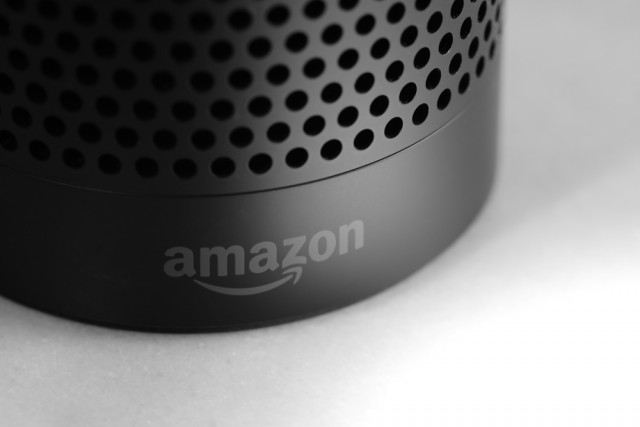
Building an Alexa Skill without using the SDK
Amazon has written a "Hello World" example for building an Alexa Skill. At first glance, it looks like just what you need to get into Alexa Skills development because it's short and clear. But take a second look and you'll notice it requires an external dependency.
It brings in the alexa-sdk npm package. I'll show that not only don't you need the alexa-sdk to teach Alexa a Skill but you might actually be better off without it.
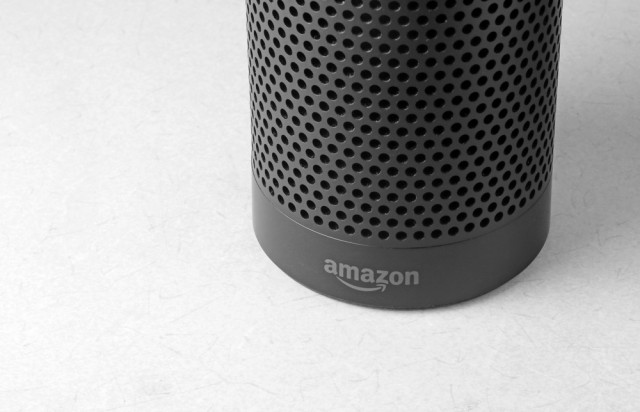
A pioneer's guide to Alexa
Have you seen Star Trek? If you haven’t, you should. One of the pieces of future tech that is quietly on display throughout the show is the ability to talk to the computer. Whether it’s asking the computer where someone is or ordering a cup of earl grey tea, the computer has no problem understanding the questions it is asked, and who’s asking them.
Amazon’s Alexa products claim that they are this shining vision of the future! Not only that, you can write your own apps for the platform. Amazing! Right? Well, we’re not quite there yet. So, what are the challenges and limitations? Is there anything we can do to hack our way through the tough parts? Can we achieve our dreams even if we emerge a bit bloody and beaten? Let's find out.

How to create your first Alexa skill
For the last couple of weeks, Graham, Marcel, Sinem and I, from Red Badger, have been experimenting with Amazon’s Alexa Echo Dot. An Electric Hockey Puck that uses voice recognition powered by Amazon Alexa voice assistant.
In this post, I’d like to explain how one goes about creating their first Alexa skill.
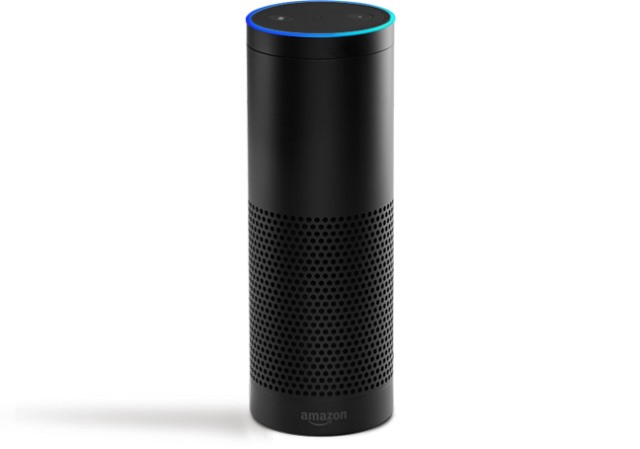
5 things to keep in mind when building an Alexa skill
A team of us at Red Badger, which consisted of myself, Marcel, Graham and Roman, had two weeks to play around with Amazon’s Alexa and build a sommelier skill to recommend wine pairings to your food. We’re writing a four-part series to take you through what we learned from our varied perspectives.
There’s been so many blog posts written about the rise of chatbots and Voice User Interface (VUI), some even marking 2017 to be the year of the bots.
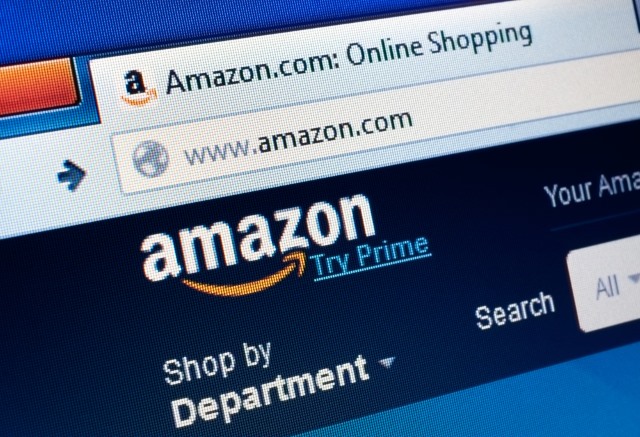
Amazon makes it cheaper to build and host Alexa skills
Thousands of Alexa developers can now build and host most Alexa skills for free using Amazon Web Services (AWS), thanks to a newly released Amazon program.
Previously, developers have had at their disposal the AWS Free Tier, offering a million AWS Lambda requests and a total of 750 hours of Amazon Elastic Compute Cloud (Amazon EC2) -- monthly, for free. However, exceeding these limits also meant monthly fees.
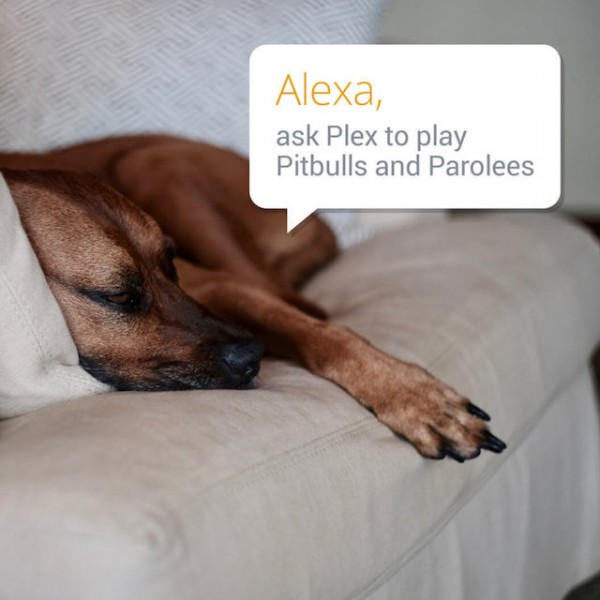
Plex gets Amazon Alexa compatibility
When I want to stream locally stored media to my television, I turn to Plex. The popular service has apps for many devices such as Xbox One and Apple TV -- both of which I own. Heck, even my Samsung 4K TV has Plex support built in. Ultimately, the value of the service is found in both its ease of use and cross-platform support.
Never known to stand on its laurels, Plex is constantly improving, and today, it gets a really exciting new feature. Users of the service that are also owners of Amazon Echo or other compatible devices can now leverage the Alexa voice assistant to interact with Plex.

Starbucks embraces voice ordering through both its iOS app and Amazon Alexa
Starbucks coffee fuels the days of many people. While the company's beverages are a bit expensive compared to, say, McDonalds or 7-11, they are chock full of caffeine and very tasty. Quite frankly, I drink Starbucks coffee or tea pretty much every day, as I often work in its locations -- they have clean tables and free Wi-Fi.
The company has often embraced technology within its stores -- it offers a nice mobile app with Spotify integration, and many of its tables offer wireless smartphone charging. Today, the company rolls out voice ordering through its own mobile iOS app or Amazon Alexa. Unfortunately, the iOS feature will be limited to 1,000 beta testers at first.
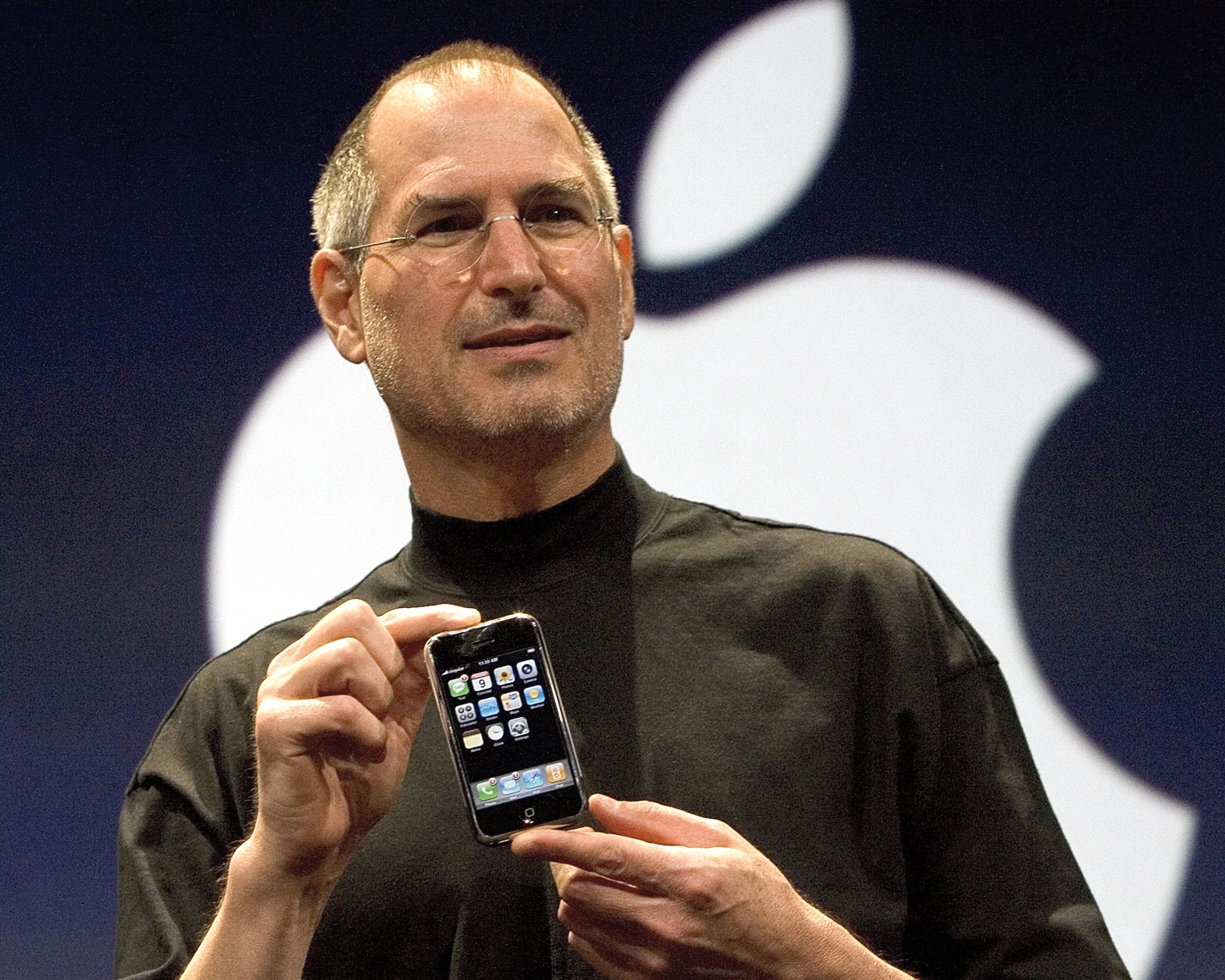
The problem with iPhone
Today we arrive at the first of two 10-year anniversaries regarding iPhone: Steve Jobs unveiling the handset six months before its release -- unusual for Apple's then-CEO to pre-announce something, but necessary, with the federal regulatory rigmarole that cellular devices go through. Jobs and his management team brought the smartphone to market at great risk: Established and entrenched manufacturers, mainly Nokia, had huge distribution channels and massive amounts of research and development invested in their cellulars. iPhone debuted in one market (United States) and on a single carrier (AT&T, which concurrently rebranded). By most measures of business strategies: Insanity. But risk was a defining characteristic of Jobs' leadership style running the company.
You will read many "state of iPhone" analyses and commentaries this week spotlighting slowing sales, as buying growth plateaus in major markets (China, Europe, and the United States) and observing that Android continues to gobble global market share. The problem with iPhone is something else, and it's a metaphor for what's desperately wrong at Apple as 2017 starts: Loss of innovative mindshare; obsession with an outdated design motif; unwillingness to take meaningful risks. The company's fortunes rose with iPhone, and they will fall with it.

My favorite tech items of 2016 [Alan]
2016 is drawing to a close and we're already looking forward to everything a new year will bring. It gets started quick when the Consumer Electronics Show kicks off 2017, but before we start ogling at all those products that may or may not ever see a store shelf, it's time to take a glance back at the year that was.
Many products showed up on the BetaNews doorstep this year and we all worked hard to bring you an overview of them so you'd know what to buy and what to avoid. Now it's time for me to take a look at a few of my favorite items from the past 12 months.
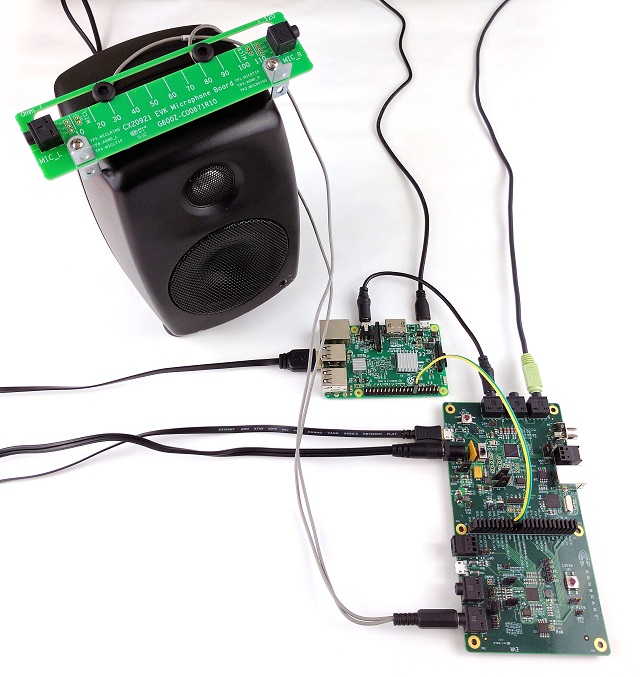
Conexant and Amazon bring Alexa to Raspberry Pi with 'AudioSmart 2-mic Development Kit'
Amazon's Echo devices are incredible. I'll admit that I was a skeptic at first, but once I got my own, I was hooked. Not only can the Alexa voice assistant provide me with important data like weather, news, and traffic, but it can play music too. Most importantly, it serves as a brilliant IoT control unit. My house has several WiFi connected power outlets, and I can verbally tell Alexa to turn off my lamps. It can even control my television!
Much of Amazon's success with Echo and Alexa is thanks to third-party developers and hardware. Today, Conexant and Amazon announce the AudioSmart 2-mic Development Kit. This add-on for the Raspberry Pi should enable easier development of devices using Amazon's Alexa voice technology. This could ultimately lead to further growth and adoption of the Alexa voice assistant.
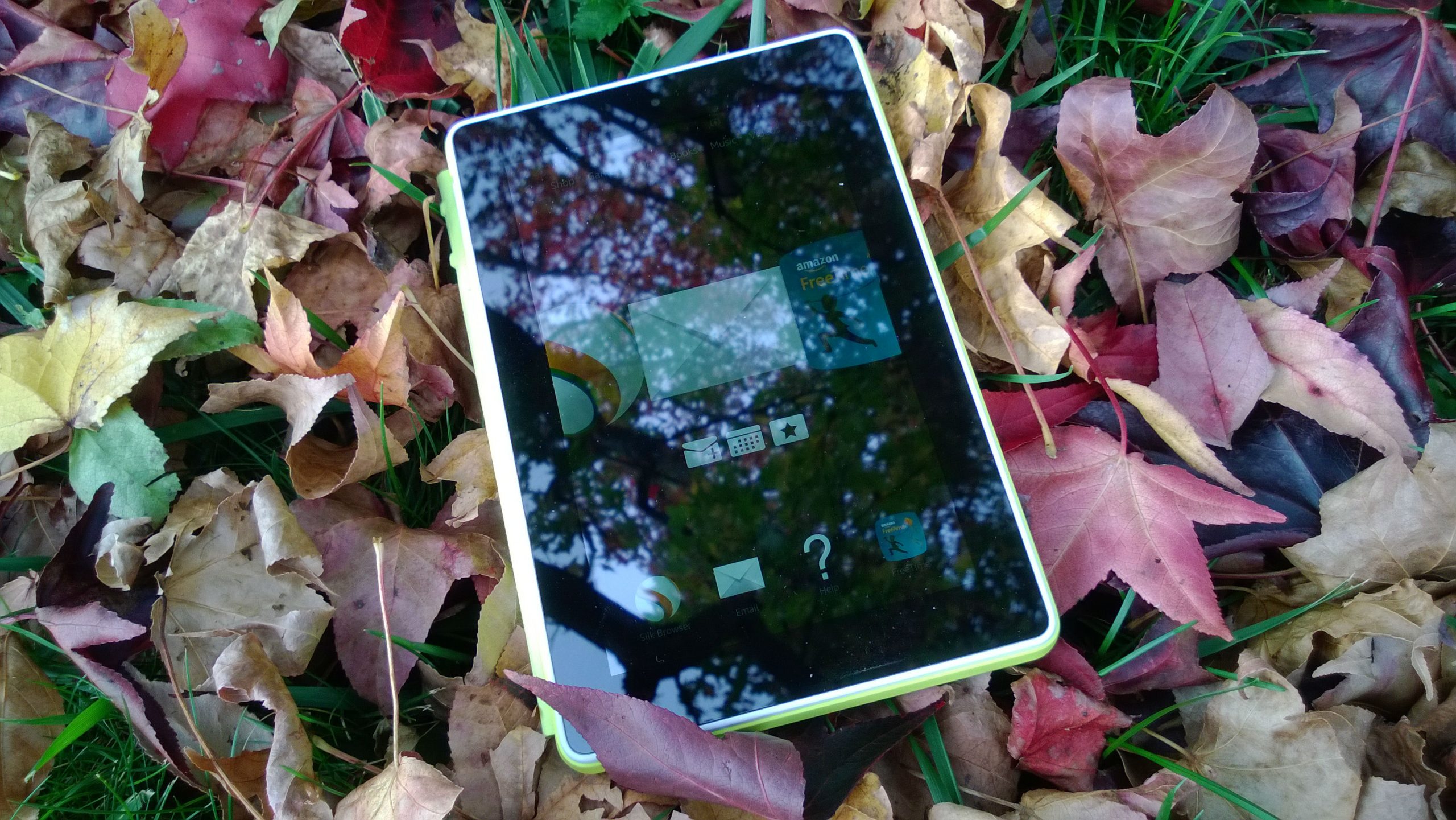
Amazon Alexa continues its rollout to Fire tablets
If you happen to own the Amazon Echo and also happen to have a Fire Tablet sitting around, then you have an update for the tablet that has either arrived or soon will. Version 5.3.2 brings a very interesting feature that many users have been clamoring for.
This update rolls Alexa into the mix, bringing voice control to the handheld device. This means you can access the Echo from anywhere in your home, even out of voice range.
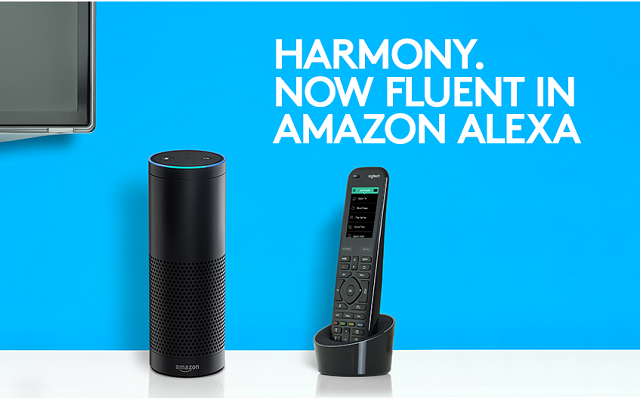
Logitech Harmony remotes gain Amazon Alexa voice controls when connected to Echo
We are currently in the golden age of television. Not only are shows like The Walking Dead and Game of Thrones excellent, but there are so many ways to consume it all. Of course, you can watch TV live on cable or satellite, but thanks to DVR and streaming, you can watch on your schedule too. It is all quite glorious.
For those serious about their television watching, an investment in a quality remote control can be very wise. Logitech's Harmony line is arguably the best, and today, it gets even better. Owners of hub-compatible models can now link their Amazon Echo to the Harmony app, enabling voice controls for their AV equipment. Yes, fellow couch potatoes, we can now be even lazier when watching TV!
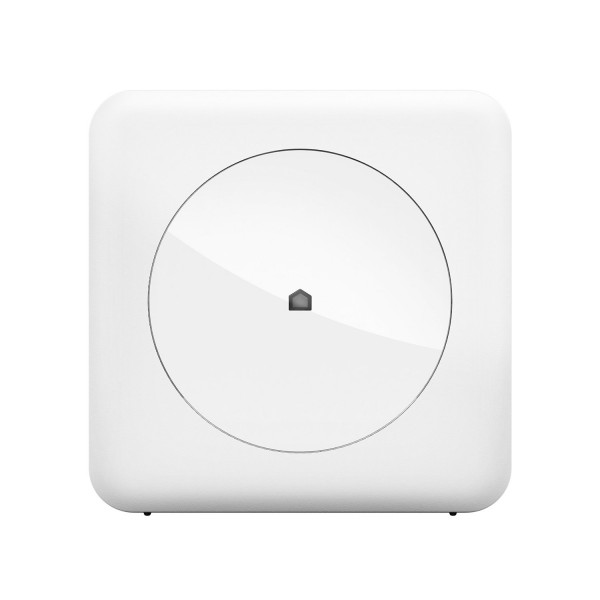
You can now use Alexa to control Wink lighting shortcuts
If you have a Wink hub then it's easy to set up home automation across a number of different platforms. Throw in Alexa and do a little additional setup and you'll be able to control it all with voice commands.
In the past you've been able to use groups to control multiple bulbs -- simply name each bulb and then add them to a group which you also name.
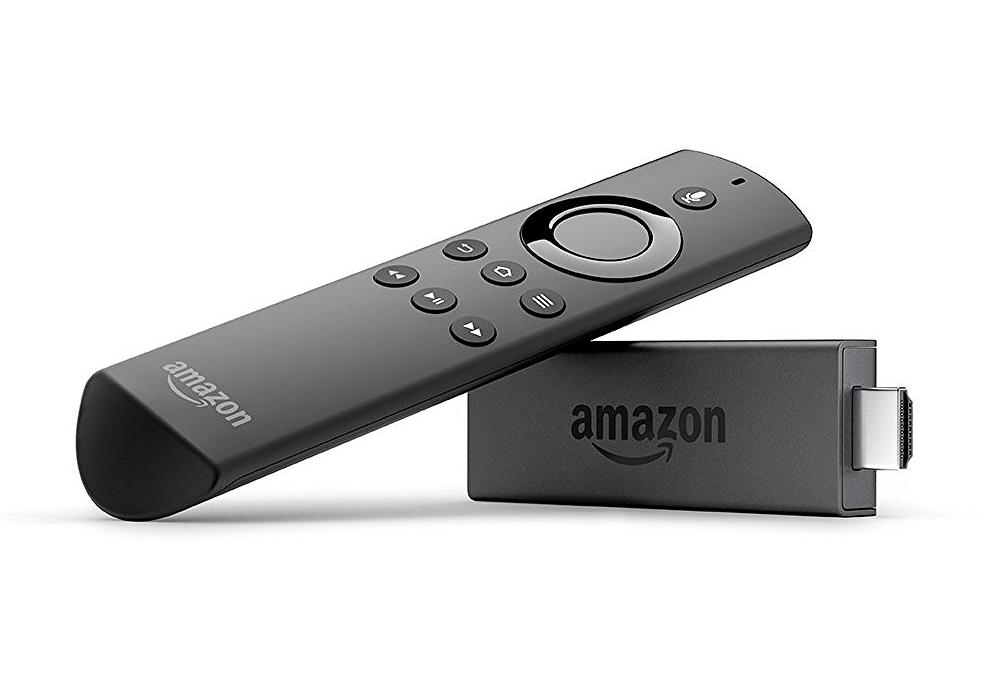
Amazon launches all-new Fire TV Stick with faster hardware and Alexa Voice Remote
There are a lot of media streaming products to choose from, but my personal favorite is Amazon’s Fire TV Stick. It’s compact, powerful and gives you access to Amazon’s full range of on-demand video content, as well as apps and games.
Today, the retail giant announces a new version of Fire TV Stick that’s faster and adds Alexa voice control to the remote. No more browsing long lists of TV shows and movies, now you can simply ask Alexa to play anything you're interested in, launch apps, and more.
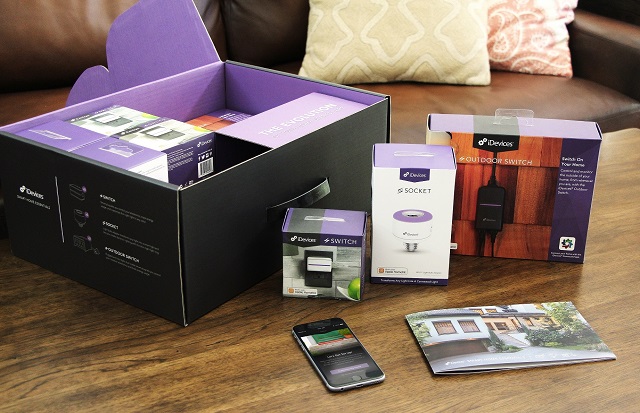
iDevices 'Smart Home Essentials' kit is Apple HomeKit and Amazon Alexa compatible
As prices continue to drop, and the technology becomes easier to use, 'smart home' devices are set to explode in popularity. As someone who once swore off such things, I now have Wi-Fi-enabled electric sockets and home cameras. When I am away, I can turn on a lamp and monitor my house. It is very cool, but slightly annoying that there is no central app for all of my connected home devices. Since I chose different brands, I unfortunately have a few different apps on my smartphone and tablet.
Today, iDevices announces 'Smart Home Essentials'. This focused kit is both Apple HomeKit and Amazon Alexa compatible. By purchasing this well-designed kit, you can avoid managing multiple apps. It even comes with free concierge service based in the USA for help setting things up (if needed).
